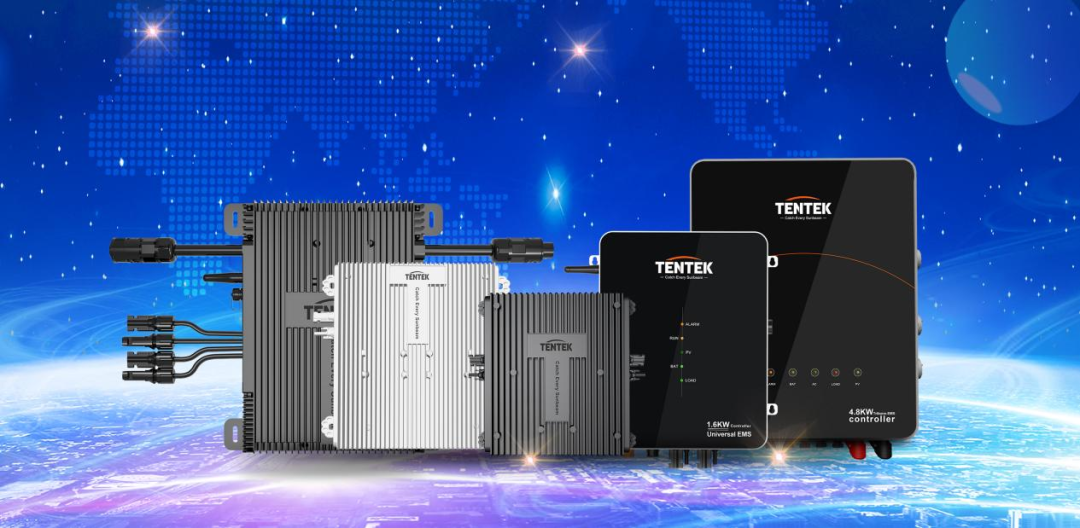The first half of the cell phone image highlights four major features, technological innovation stumbles who's fault?
Time: Jul 08, 2024Views:
Australia's household reserves are gradually catching up with the development of large reserves.
On July 3, Australia's Federal Treasurer tabled the Australian Future Manufacturing Bill in Parliament, which plans to provide $3.2 billion over 10 years for renewable energy.
Last year, a record 57,000 home storage systems were installed in Australian homes, totaling 656GWh of capacity, up 21% year-on-year, thanks to the addition of 2.9GW of rooftop PV system capacity throughout last year.

Looking further, the fact that large Chinese photovoltaic storage companies have opened Australian subsidiaries is also a direct indication that the market space in Australia is not to be underestimated.
In terms of market distribution, Australia is one of the major overseas household markets for Jinlang Technology and ReneSola Technology; Voltaic Energy is the most important household storage system provider in Australia. Sunny Power to participate in the layout of large-scale independent energy storage projects, BYD, Ningde Times is mainly to Australia's output of large batteries and large-scale energy storage systems.
An energy storage company, surnamed Li, said to Tide Power Intelligence, Australia's access to strict certification, the existing household storage market is almost all divided by some large companies that entered early. The trend in the first half of this year is the decline in wholesale solar panel prices, rooftop photovoltaic installation rate slowed down, resulting in household storage profits are squeezed. Insufficient grid deferral in the Australian outback has led to greater demand for large storage, and utility projects have pushed industrial and commercial storage and large storage up quickly.
Tide Power Intelligence analyzes the Australian household storage and large storage market in detail here.
Household storage
According to the statistics of relevant professional organizations, as of the end of last year, the world's top five household storage markets are Germany, Italy, Japan, the United States and Australia.

Australia benefits from tariff-free imports of Chinese batteries. Compared with the average cost of a residential solar system in the United States, which is $3.25 per watt, Australia's average cost is only 62 cents per watt, which makes the price of household storage products even lower.
Moreover, one-third of Australian households are already using rooftop solar, and distributed PV is developing faster, bringing more opportunities for household storage, and more household storage will be integrated into the local power grid next.
Influenced by population distribution, Australia's household storage installed capacity is concentrated in the eastern region, Queensland and New Wales are the top two states for installed capacity, the market is summarized as a large number of market players and more intense competition. The wholesale price of its panels has also declined from A$0.6 in mid-2022 to A$0.3 now, with wholesaler margins squeezed as a direct result.
The overall profitability of the Australian household storage market has declined for companies due to falling wholesale panel prices and a slowdown in rooftop PV installations.
Large storage
In summary, the large storage market in Australia is driven by the need for renewable energy integration, government investment in grid scale, and utility scale expansion.

As a direct consequence of the surge in rooftop solar installations, generation has repeatedly exceeded the grid's capacity to accommodate it. Wholesale daytime electricity prices have been falling in Australia, especially in Western Australia where peak demand exceeds 4.2GW.
WA, being a sparsely populated and remote region with an isolated grid that is unable to export or import power, is now considering the use of large storage batteries and the construction of large storage as an alternative or supplement to transmission infrastructure.
Relevant organizations expect that by 2050, Australia's wind and solar power grid size will grow six-fold, requiring 49GW of distributed energy storage.
In terms of the market, Sunny Power has benefited more from large storage projects in Australia. Last year, it signed the largest independent energy storage order of 138MW/330MWh in South Australia through the Australian GPS grid connection license, and also signed a strategic agreement with Hive, an independent energy storage project in Australia, for which it will provide a 3GWh large-scale liquid-cooled storage system in the next three years.
Australia is one of the important markets for Tesla. Relevant data show that the U.S. sales of Tesla Megapack accounted for 63%, and Australia accounted for 23%.
Translated with DeepL.com (free version)

recommend
Jul 08, 2024
Australias household reserves are gradually catching up with the development of large reserves. On July 3, Australias Fe...
Hot







